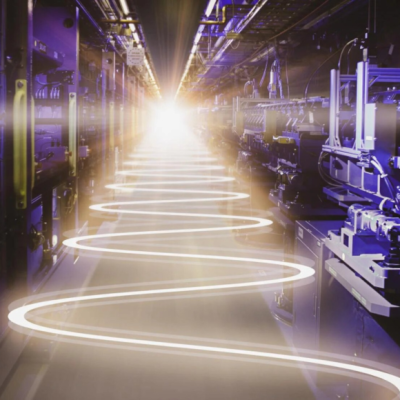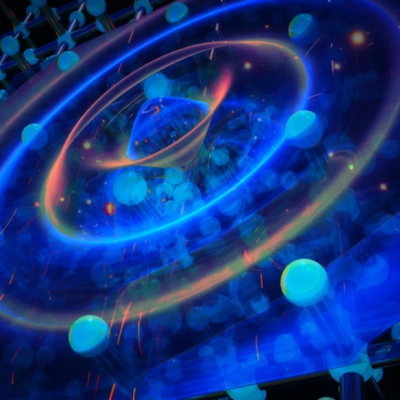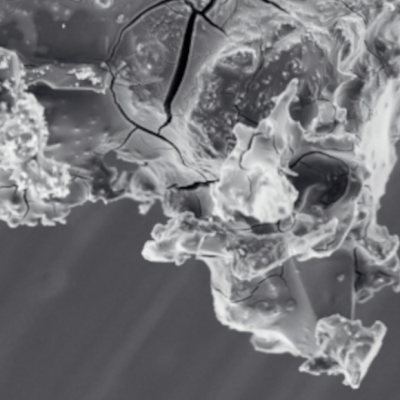The long-awaited observation of the behavior of the Higgs-Boson has finally been made, confirming theoretical predictions that have been around for some time. Scientists at the CERN facility in Switzerland have observed the decay of the Higgs-Boson into quarks, specifically into two bottom-quarks. This is significant because it confirms the transformation of the particle into two fundamental building blocks of matter. The discovery sheds light on why elementary particles have mass, but it also raises new questions about whether the Higgs-Boson is just one of several particles and whether it conforms to the established standard model.
The observation was made using the ATLAS detector at the Large Hadron Collider (LHC), where the Higgs-Boson was first discovered in 2012. While other decays into bosons and leptons have been observed, this particular decay into quarks had not been confirmed until now. The discovery is a major milestone in the ongoing exploration of the properties of the Higgs-Boson, which could lead to new insights beyond our current understanding of physics.
The identification of the Higgs-Boson decay into bottom-quarks was challenging because the quarks are produced as decay products of other particles, making it difficult to distinguish them from other quarks. However, the observation of a specific peak in the decay curves provided the necessary evidence. While the discovery only provides relative certainty, it is a significant step forward in our understanding of the Higgs-Boson and its interactions with matter. Further experiments are planned to expand on these findings, including the confirmation of another type of decay into tau-leptons. These discoveries could ultimately lead to a new understanding of the universe and its fundamental properties.










